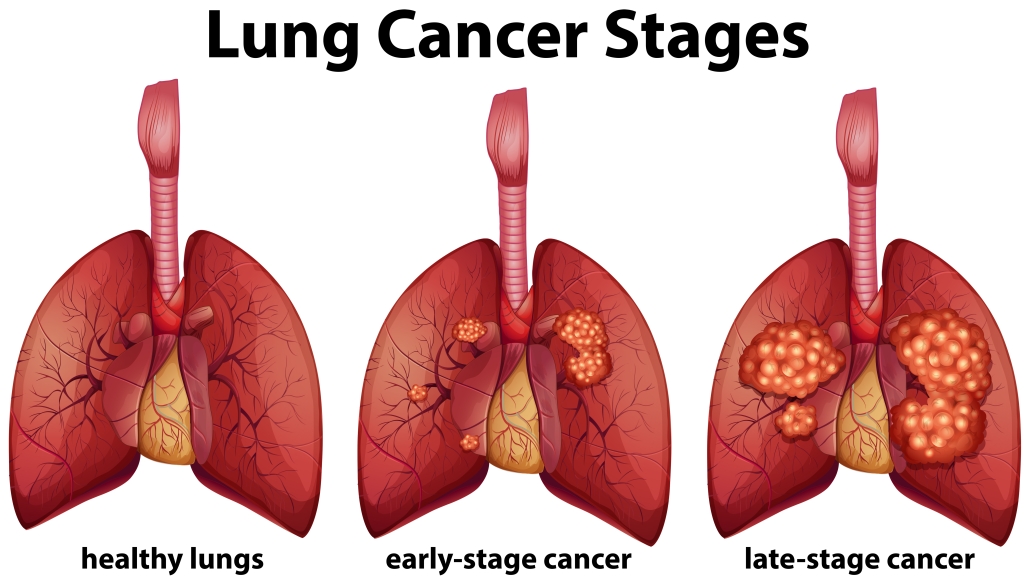The days following a lung cancer diagnosis can be overwhelming. You will likely have many questions about the severity of your lung cancer, what treatment options are available, and the efficacy of those treatment options. Cancer staging can help your oncologist answer these questions.
Staging is the process of determining how much cancer is in a person’s body and its exact location. Doctors use this information to create a cancer treatment plan — a roadmap that lays out the expected path to recovery. This roadmap may incorporate immunotherapy, surgery, chemotherapy or radiation therapy.



